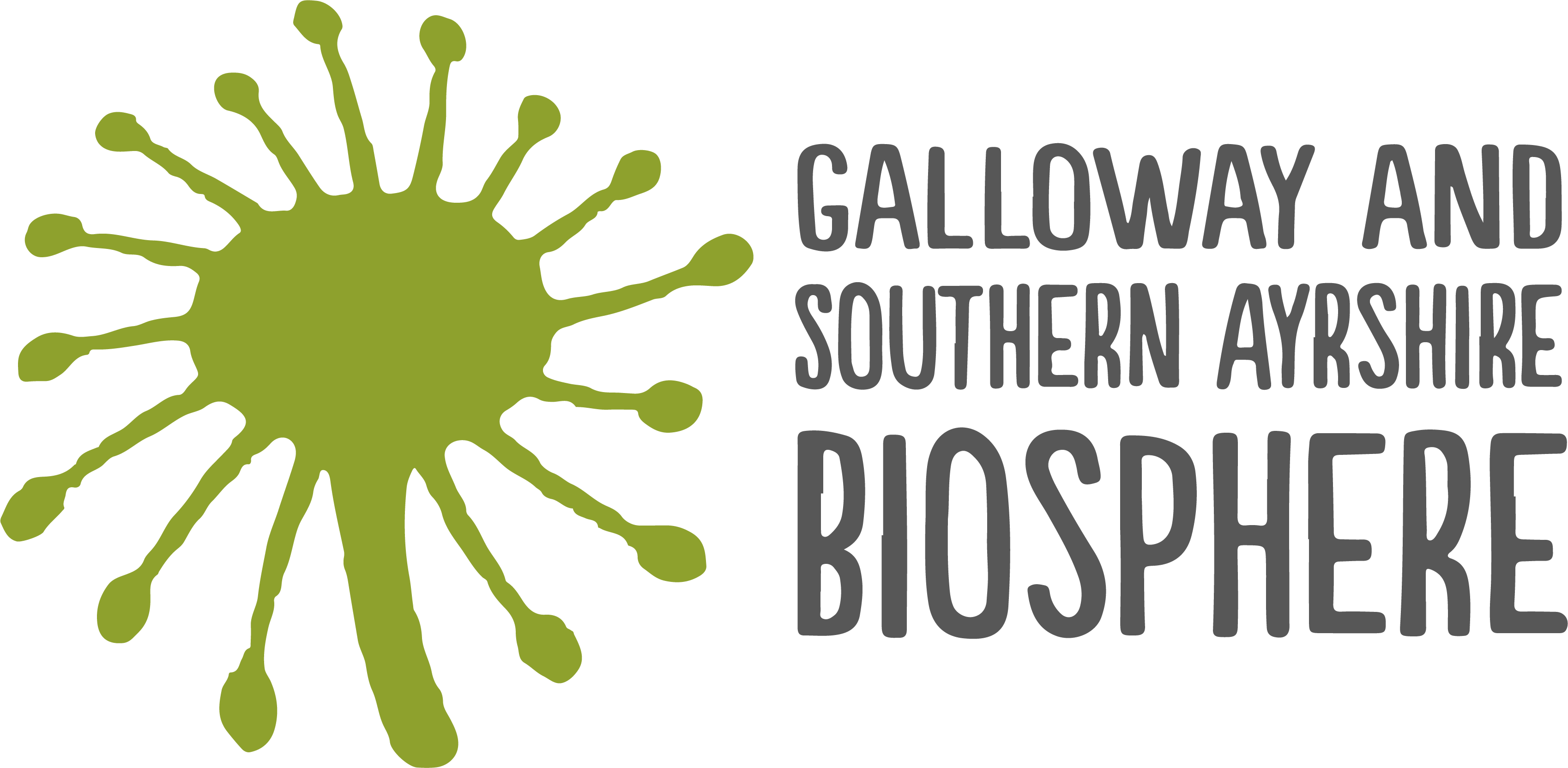Wild Swimming at Penninghame
As I stepped in to the cold, dark, peaty water I could not believe how still it was. Then the cold hit me. Sarah kept talking to me and reminding me to breath.
Open water swimming, or wild swimming as its sometimes called has become very popular recently so we met up with Sarah from Swim The Lochs to experience it for ourselves.
Sarah is a qualified open Water Swimming Coach who specialises in taking 1-2-1 or small groups out for introduction to cold water sessions in the beautifully peaceful lochs, rivers and the sea of South West Scotland. We met Sarah in a car park near Loch Trool, within the heart of the Galloway Forest Park and the Galloway & Southern Ayrshire UNESCO Biosphere. It was a chilly morning but Sarah’s bright cheery welcome instantly put us at ease.
We chatted as we walked the short distance through the trees and then the view opened up to the spectacular Loch Trool and the Galloway Hills in the distance, as a mist hung above the water.
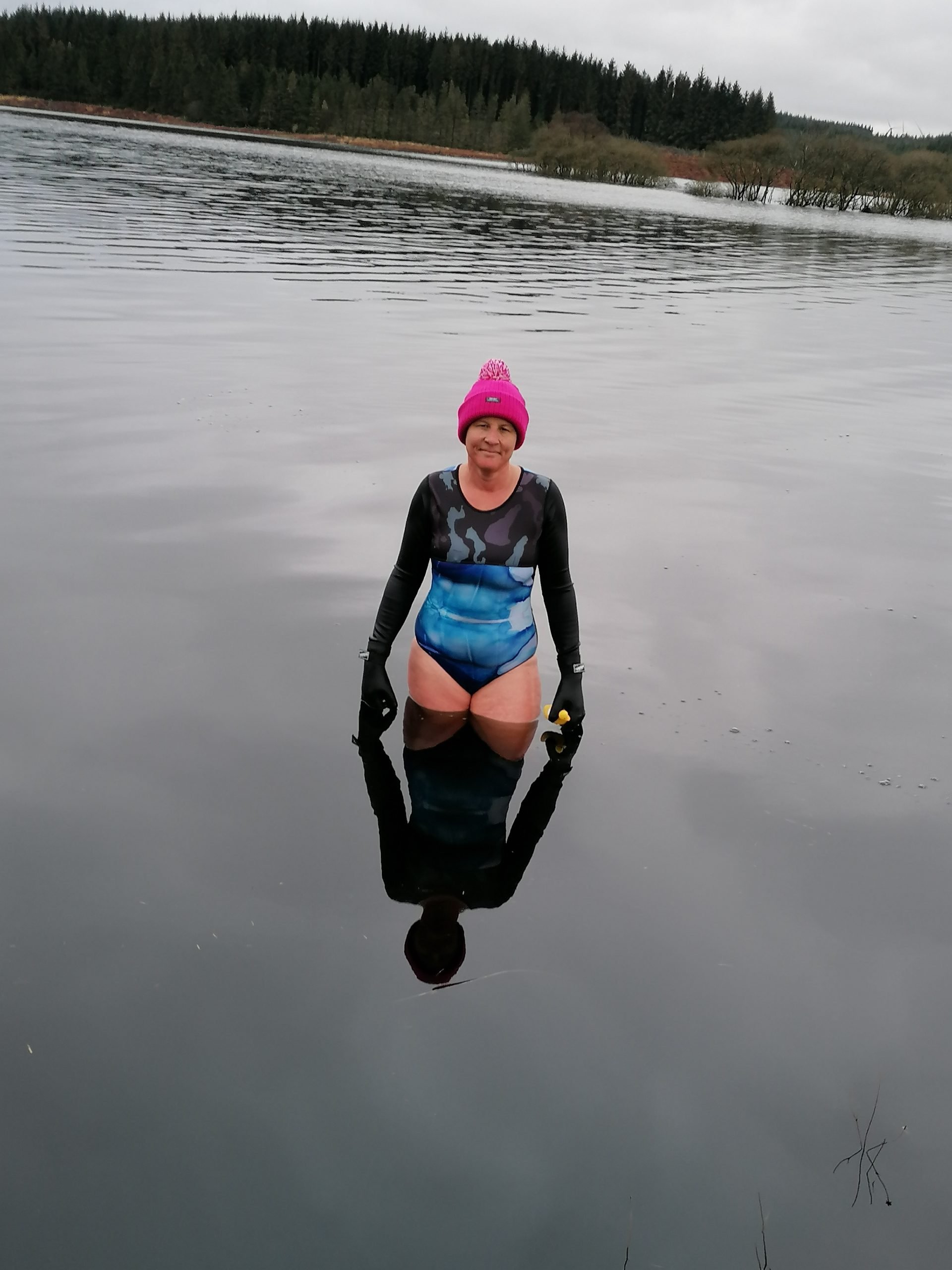
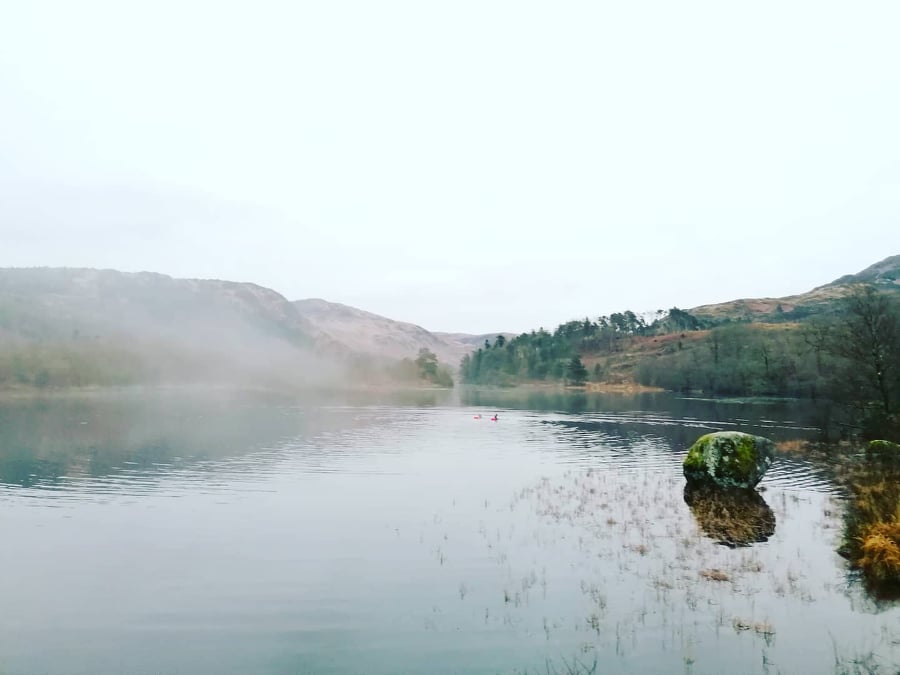
Sarah had been in touch prior to our swim with a kit list – swimsuit and/or wetsuit, neoprene gloves and socks or old trainers, and the essential bobble hat.
And then lots of warm clothes for afterwards, far more than you ever think you might need, along with another dry bobble hat. So I was ready, or so I thought! At this time of year wetsuits are recommended, although Sarah swims in a swimsuit all year round!
Before we entered the water Sarah gave us a safety briefing with essential information for all open water swimmers. There are a lot of things to consider before entering the water, and most importantly always swim with others.
As I stepped in to the cold, dark, peaty water I could not believe how still it was. Then the cold hit me. Sarah kept talking to me and reminding me to breath. Once the initial shock had passed I was able to slowly immerse myself in the water. Sarah explained that how to overcome the cold and focus on the sheer joy and feeling of empowerment of being immersed in a loch in December, and she was right. I could not believe that I was up to my neck already!
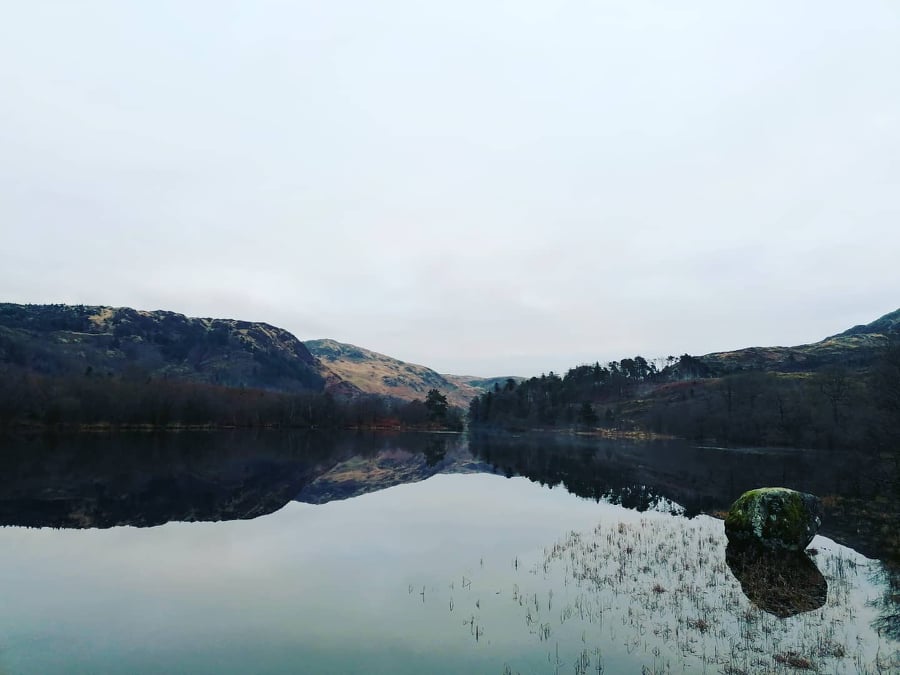
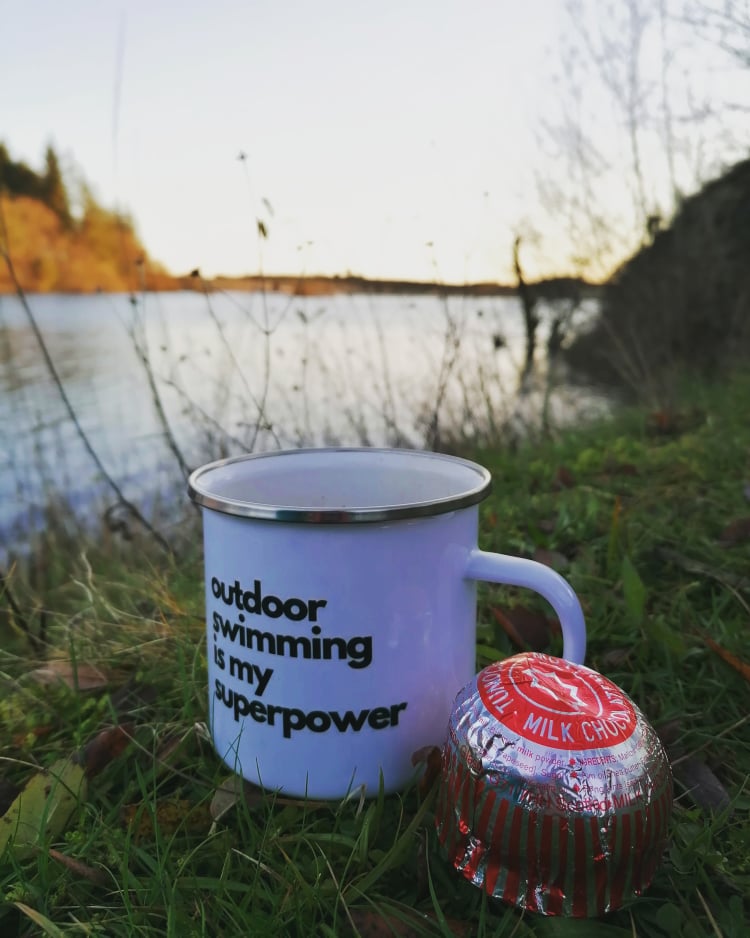
Sarah encouraged me to take my feet off the floor and have a brief swim. The water felt thick and velvety, and as breast stroke is Sarah’s stroke of choice we were able to continue chatting whilst we swam which was great as it gave me something to focus on.
It’s important when in cold water not to overdo it and realise when your body has had enough, it’s not about competing to see who can stay in the longest. As we left the water after our brief swim I felt a pang of regret at the thought of getting out, but as Sarah explained the loch will be there another day.
The priority once you are out the water is to get dry and get dressed as quickly as possible prior to *afterdrop. You will have a short window of time after getting out of the water where you feel rosy and it is all too tempting to take your time taking selfies and enjoying the moment, but the shivers will soon set in and it is easier to change before they do. We got changed quickly in to lots of layers of warm clothes, gloves and hat. Then Sarah provided hot chocolate and sweet treats and we warmed up whilst discussing our experience.
I asked Sarah why she swims?
“It just gives me a sense of freedom, it’s given me a confidence and a sense of achievement that I’ve never found in anything else. I’m not going to lie, it is cold, but when you’re breathing through that coldness you’re not thinking about anything else. Your mind completely switches off to everything else that’s going on around you.”
Sarah stresses the importance of leaving no trace when she swims “I am so lucky to live and work in such a beautifully unspoilt area, and I want to keep it this way. I’m passionate about leaving no trace after each swim, often litter pick after my swims, a great way to warm up!”
If you would like to book an open water experience with Sarah at Swim the Lochs please let us know and we can arrange this for you at www.penninghame.com/contact
www.instagram.com/swimthelochs
Swim The Lochs – Home | Facebook
www.outdoorswimmingsociety.com
*Afterdrop is the phenomenon of your body temperature continue to drop even after you get out of cold water and into a warmer environment – so that you feel colder 10 or 40 minutes after you exit than you did in the water.
